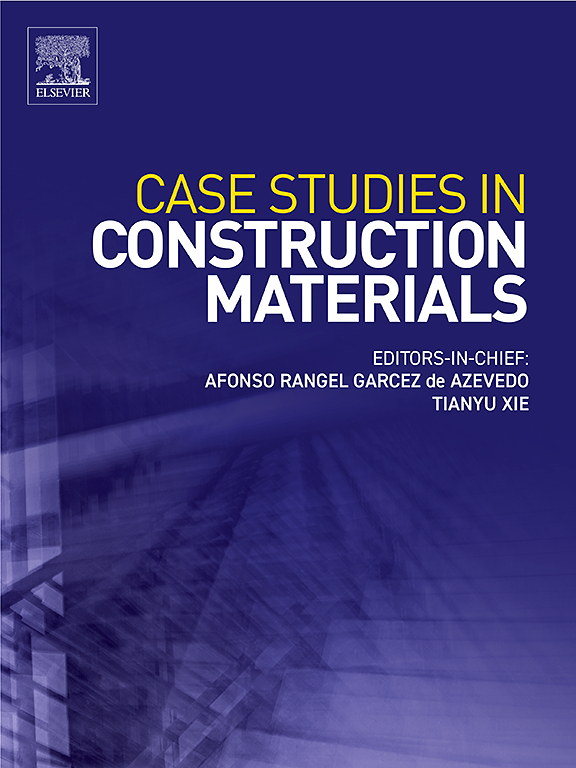Toward sustainable construction: Comprehensive utilization of coal gangue in building materials
IF 6.6
2区 工程技术
Q1 CONSTRUCTION & BUILDING TECHNOLOGY
引用次数: 0
Abstract
Coal gangue (CG), as a major solid waste byproduct of the coal industry, has attracted widespread attention due to its potential in construction materials. This review systematically evaluates the activation mechanisms and engineering performance of CG, exploring the impact of various activation methods such as thermal, mechanical, chemical, microwave, and synergistic activation on its hydration potential. The findings suggest that activated CG can significantly enhance the cementitious performance of cement-based materials, reduce cement consumption, and contribute to sustainable construction practices. Thermal activation enhances CG reactivity by removing combustible components and transforming mineral phases, while mechanical activation increases the specific surface area through fine milling. Chemical activation, using alkaline or acidic activators, promotes the formation of hydration products by depolymerizing silica-aluminate networks, and microwave activation rapidly enhances reactivity by converting electromagnetic energy into thermal energy. When used as a supplementary cementitious material, activated CG improves durability, but may also affect workability and mechanical properties. When used as an aggregate, CG’s high water absorption and low elastic modulus can lead to increased shrinkage and reduced freeze-thaw resistance, requiring strict control of the substitution ratio. Future research should focus on optimizing activation methods to enhance CG’s reactivity and performance, while addressing challenges related to its high water absorption and variable mineral composition. Additionally, a life cycle assessment of CG utilization in construction materials should be conducted to comprehensively evaluate its environmental impact.
走向可持续建设:煤矸石在建材中的综合利用
煤矸石作为煤炭工业的主要固体废弃物副产品,在建筑材料方面具有巨大的潜力,引起了人们的广泛关注。本文系统评价了CG的活化机理和工程性能,探讨了热活化、机械活化、化学活化、微波活化和协同活化等多种活化方法对其水化电位的影响。研究结果表明,活化CG可以显著提高水泥基材料的胶凝性能,减少水泥消耗,并有助于可持续建筑实践。热活化通过去除可燃成分和改变矿物相来提高CG反应性,而机械活化通过细磨增加比表面积。化学活化,使用碱性或酸性活化剂,通过解聚硅铝酸盐网络来促进水化产物的形成,微波活化通过将电磁能转化为热能来迅速提高反应性。当用作补充胶凝材料时,活化CG提高了耐久性,但也可能影响和易性和机械性能。CG作为骨料使用时,由于吸水率高,弹性模量低,会导致收缩增大,抗冻融性能降低,需要严格控制替代比。未来的研究应侧重于优化活化方法,以提高CG的反应性和性能,同时解决其高吸水率和可变矿物成分的挑战。此外,还应对建筑材料中CG的使用进行生命周期评估,以综合评价其对环境的影响。
本文章由计算机程序翻译,如有差异,请以英文原文为准。
求助全文
约1分钟内获得全文
求助全文
来源期刊

Case Studies in Construction Materials
Multiple-
CiteScore
7.60
自引率
19.40%
发文量
842
审稿时长
63 days
期刊介绍:
Case Studies in Construction Materials provides a forum for the rapid publication of short, structured Case Studies on construction materials. In addition, the journal also publishes related Short Communications, Full length research article and Comprehensive review papers (by invitation).
The journal will provide an essential compendium of case studies for practicing engineers, designers, researchers and other practitioners who are interested in all aspects construction materials. The journal will publish new and novel case studies, but will also provide a forum for the publication of high quality descriptions of classic construction material problems and solutions.
 求助内容:
求助内容: 应助结果提醒方式:
应助结果提醒方式:


